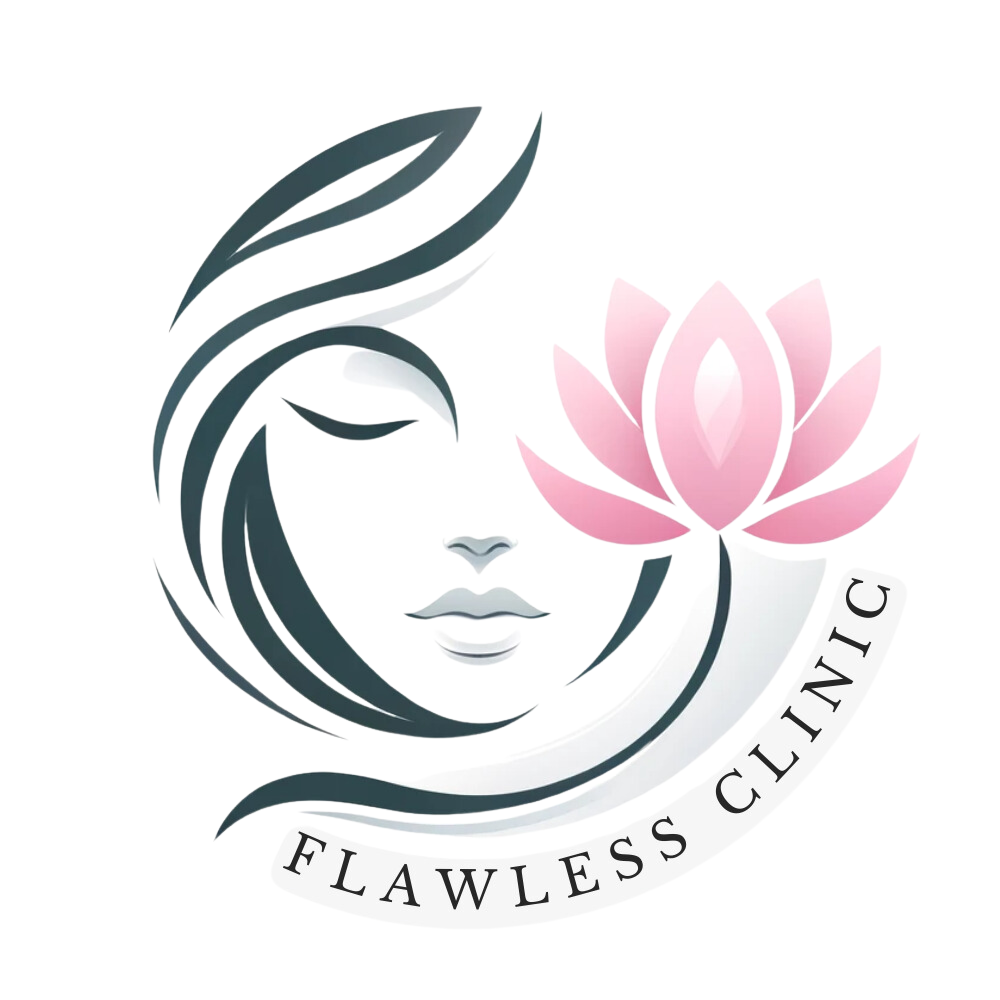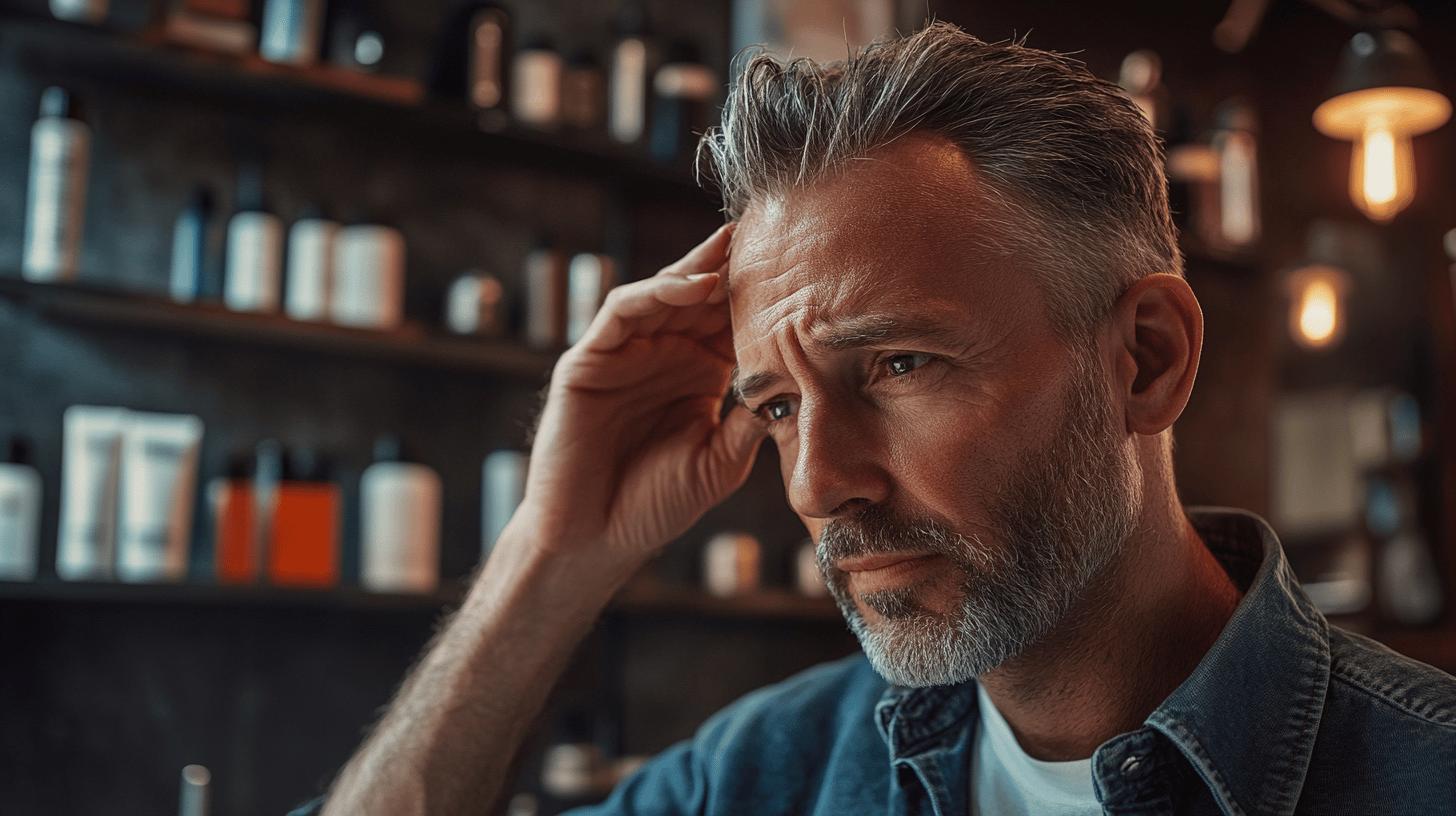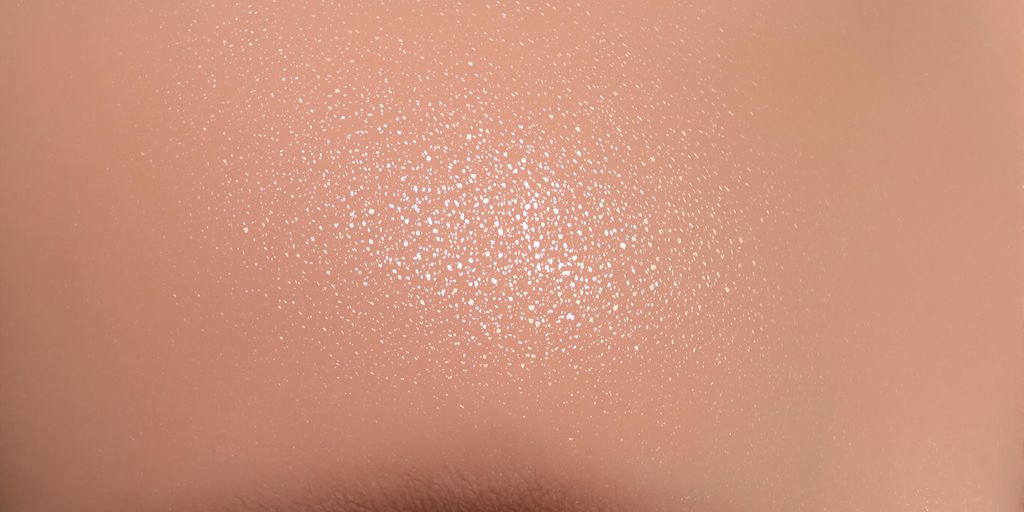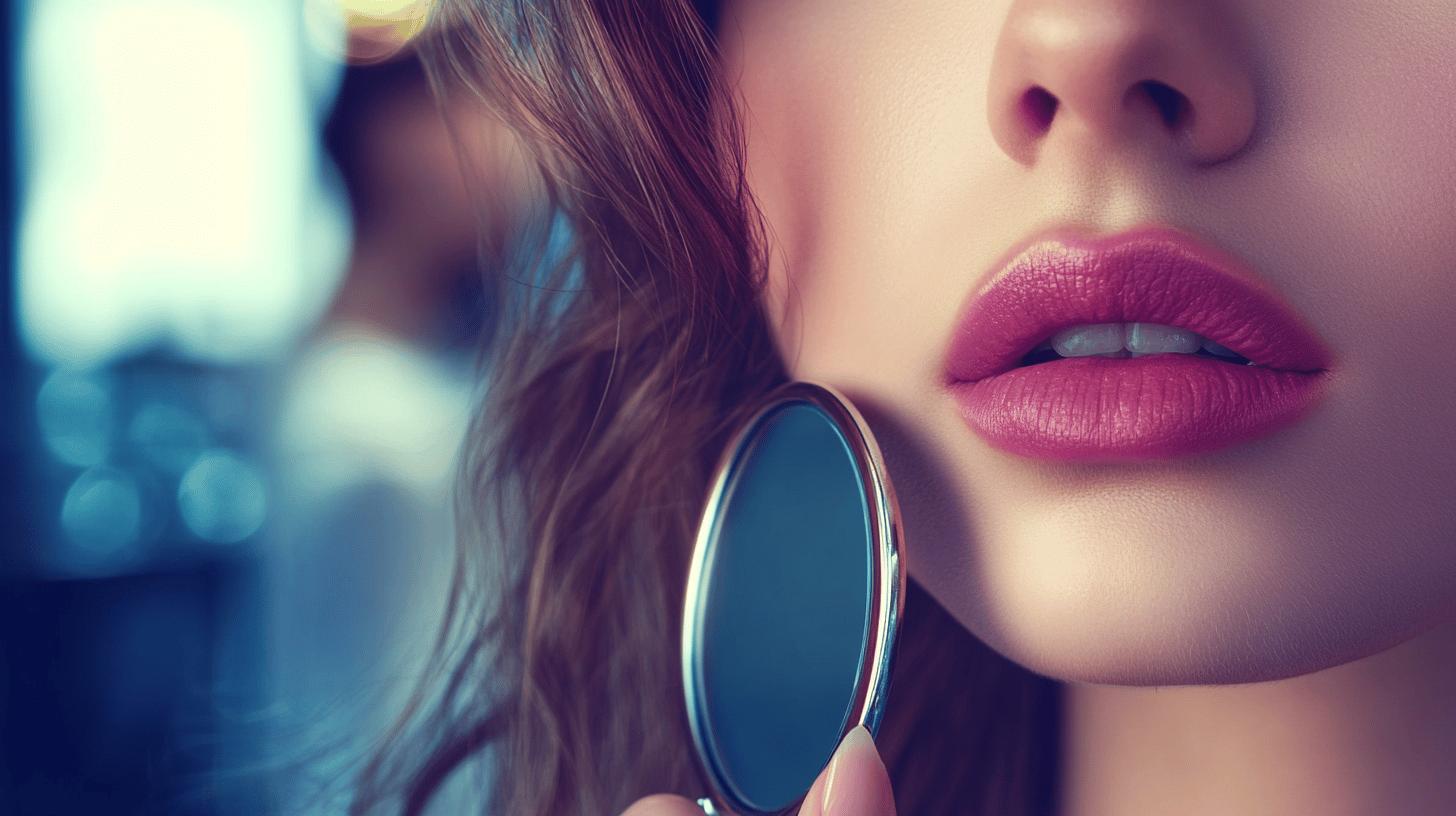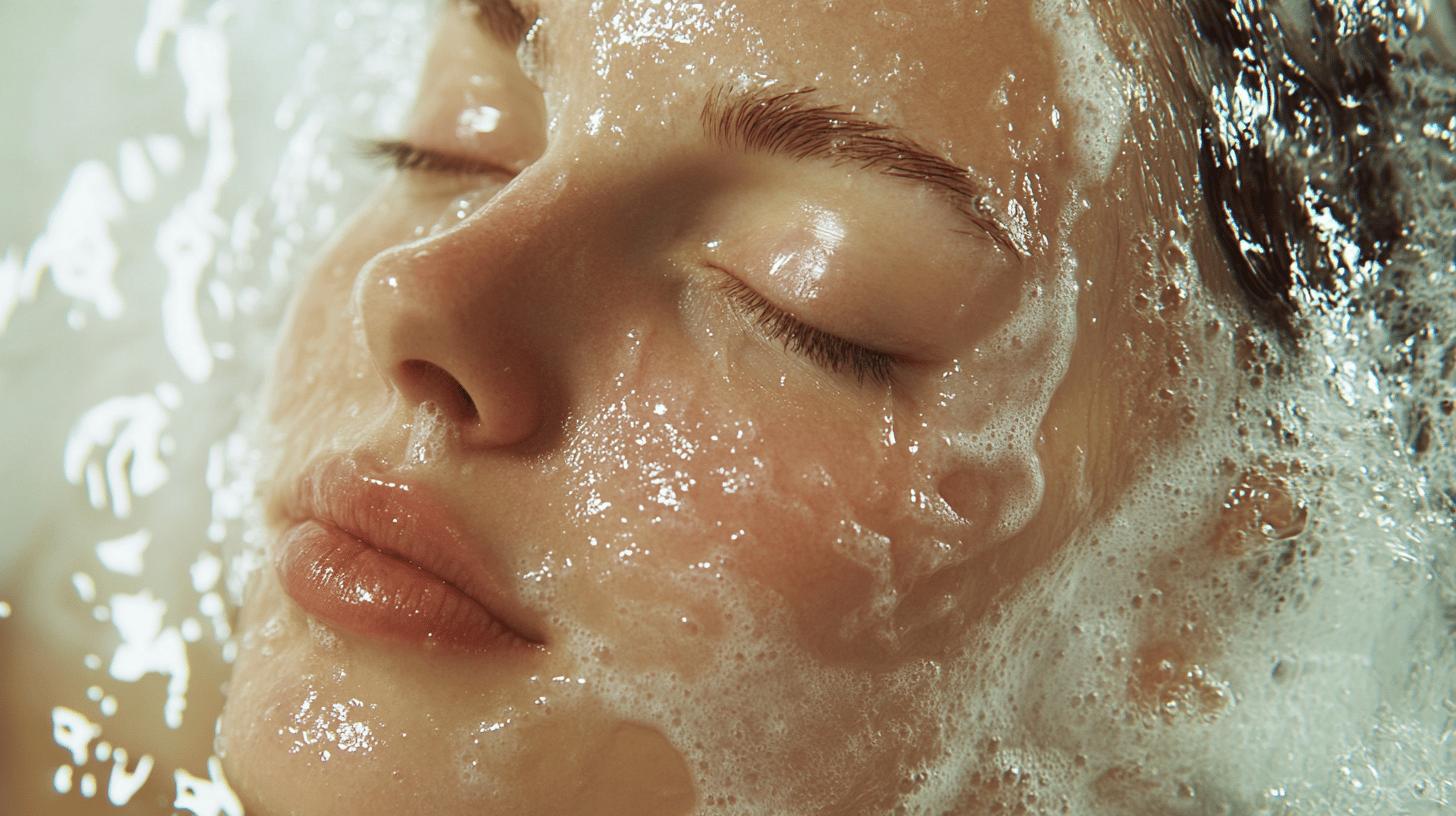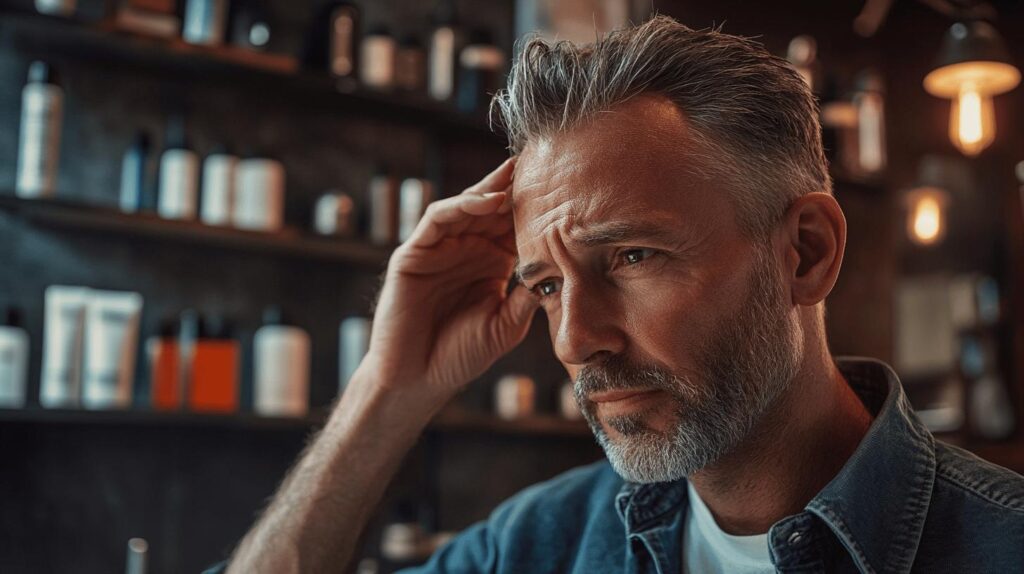Is male pattern hair loss an inevitable fate for men, or are there effective remedies that avoid the scalpel? Up to 80% of men will experience this genetic condition by age 80, but understanding its nuances can lead to successful management. The non-surgical solutions for male pattern hair loss offer a beacon of hope, focusing on remedies that are both practical and scientifically backed. By exploring non-invasive options, individuals can regain fullness and confidence without opting for surgery. Dive into the myriad non-surgical avenues to discover personalised treatments designed to tackle this common yet complex hair loss issue.
Understanding Male Pattern Hair Loss and Its Non-Surgical Treatments
Male pattern hair loss, also known as androgenetic alopecia, is the most prevalent form of hair loss in men, affecting up to 80% by the age of 80. This genetic condition is primarily driven by the hormone dihydrotestosterone (DHT), which impacts specific hair follicles, leading to their gradual miniaturisation and eventual cessation of hair production. Recognising the role of genetics and hormonal influences is essential for understanding alopecia in men and developing effective management strategies.
Non-surgical treatment options offer several advantages over surgical methods. These interventions, such as medications, laser therapy, and topical solutions, are less invasive and typically pose lower risks. They provide flexibility in treatment, allowing individuals to address hair loss patterns without the recovery time or expense associated with surgery. Furthermore, these treatments can be tailored to the individual’s specific needs, offering a range of solutions from over-the-counter products to professional therapies.
Understanding the underlying causes of male pattern hair loss is crucial for selecting appropriate non-surgical treatments. Knowledge of how DHT affects hair follicles enables individuals and healthcare providers to choose targeted remedies, such as DHT blockers or stimulators of hair growth. By addressing these root causes, individuals can enhance treatment efficacy and achieve more satisfactory outcomes, ensuring a personalised approach to managing hair loss.
Medications for Male Pattern Hair Loss: Minoxidil and Finasteride
Minoxidil is a widely used treatment for male pattern hair loss, particularly effective in the early to moderate stages. Applied topically, Minoxidil acts as a vasodilator, enhancing blood flow to the hair follicles, which can stimulate hair growth and increase hair density. Users are generally advised to apply the solution to the scalp twice daily for optimal results. While it does not cure hair loss, consistent use can result in noticeable improvements, making it a popular choice for those seeking to manage thinning hair without surgical intervention.
Finasteride offers a different approach by addressing the hormonal aspect of hair loss. It works by inhibiting the enzyme 5-alpha reductase, which is responsible for converting testosterone into dihydrotestosterone (DHT). By lowering DHT levels, Finasteride can prevent further hair loss and, in many cases, promote regrowth. Typically taken as a daily oral tablet, Finasteride is effective in the early stages of hair loss. However, potential side effects such as decreased libido and other sexual dysfunctions highlight the importance of monitoring and discussing these issues with a healthcare provider.
- Effectiveness: Minoxidil is more effective for early to moderate hair loss, while Finasteride can be effective in preventing further hair loss.
- Application Method: Minoxidil is applied topically, whereas Finasteride is an oral medication.
- Cost: Minoxidil is generally available over-the-counter and is often less expensive than prescription Finasteride.
- Side Effects: Minoxidil may cause scalp irritation, while Finasteride can have more systemic side effects.
- Stage of Hair Loss: Minoxidil is suitable for various stages, whereas Finasteride is best for early hair loss prevention.
Consultation with a medical professional is crucial before starting either Minoxidil or Finasteride. Such guidance ensures that individual health conditions and potential contraindications are considered, which optimises the treatment plan. A healthcare provider can help tailor usage directions and monitor progress, maximising the effectiveness and safety of these medications for combating male pattern hair loss.
Laser Therapy and Platelet-Rich Plasma (PRP) for Hair Growth

Low-Level Laser Therapy (LLLT) is a notable non-surgical treatment for hair growth, primarily due to its ability to stimulate hair follicles through low-intensity light. How does LLLT work to promote hair growth? LLLT works by increasing blood circulation and cellular metabolism in the scalp, which helps rejuvenate the hair follicles and promote their growth phase. Studies have shown that this technique can lead to increased hair density, offering a viable solution for individuals experiencing various degrees of hair thinning. The process is non-invasive and can often be performed in the comfort of one’s home or in a clinical setting, making it an accessible option for many.
Platelet-Rich Plasma (PRP) therapy is another effective non-surgical solution for hair loss, particularly androgenetic alopecia. What is the PRP process and its effectiveness? PRP involves drawing a small amount of the patient’s blood, processing it to concentrate the platelets, and injecting this concentration back into the scalp. The growth factors in platelets stimulate hair follicle activity, potentially enhancing hair thickness and density. Clinical observations suggest that PRP therapy is generally safe, with minimal side effects, and it can produce noticeable improvements in hair fullness over several sessions.
When comparing LLLT and PRP, both treatments offer unique benefits but differ in various aspects. In terms of cost, PRP sessions are typically more expensive than purchasing an LLLT device, although the initial investment for LLLT can be significant. Regarding duration, LLLT requires consistent use over several months, whereas PRP treatments are generally administered in sessions spaced weeks apart. Expected outcomes vary, with LLLT often providing gradual improvements and PRP potentially yielding more immediate results after each session.
Topical Solutions and Lifestyle Changes for Hair Health
Topical solutions play a pivotal role in addressing hair loss, particularly through products like DHT-blocking shampoos and conditioners. How do these solutions work? They target the hormone dihydrotestosterone (DHT), which is a key contributor to hair thinning in male pattern hair loss. By reducing DHT levels on the scalp, these products can help prevent further hair follicle miniaturisation. Additionally, solutions containing ingredients like minoxidil are commonly used to stimulate hair growth by promoting increased blood flow to the hair follicles. Available over-the-counter, these topical treatments offer an accessible and non-invasive option for those experiencing hair thinning.
Lifestyle changes are equally important in maintaining and enhancing hair health. How can lifestyle modifications support hair growth? A balanced diet rich in essential vitamins and minerals, such as iron, zinc, and vitamin D, can fortify hair structure and support growth. Stress management is crucial, as chronic stress may exacerbate hair loss by disrupting the hair growth cycle. Incorporating regular exercise, mindfulness practices, and proper sleep can bolster overall well-being, indirectly benefiting hair health. Together with topical solutions, these lifestyle adjustments can form a comprehensive approach to managing and improving hair health.
- Use DHT-blocking shampoos regularly to reduce hair thinning.
- Apply minoxidil solutions consistently as per instructions for best results.
- Maintain a balanced diet rich in essential nutrients for hair growth.
- Manage stress through relaxation techniques and regular physical activity.
- Ensure adequate sleep for overall health and hair vitality.
- Incorporate scalp massages to enhance blood circulation and promote hair health.
Exploring Natural and Alternative Remedies for Hair Loss
Essential oils and herbal supplements are gaining popularity as potential natural solutions for hair loss. How can essential oils improve scalp health? Essential oils like rosemary and peppermint are known for their ability to enhance circulation and soothe the scalp, potentially promoting hair growth. These oils, when diluted and massaged into the scalp, can invigorate hair follicles and support hair health. Herbal supplements such as saw palmetto may help reduce levels of dihydrotestosterone (DHT), a hormone linked to male pattern hair loss. While these remedies offer a more holistic approach, it is crucial to use them with caution, as their efficacy can vary among individuals.
- Saw Palmetto: May block DHT and promote hair health.
- Biotin: Supports keratin production and improves hair strength.
- Rosemary Oil: Enhances blood circulation and stimulates hair follicles.
- Peppermint Oil: Soothes the scalp and encourages hair growth.
Integrating these natural and alternative remedies with conventional treatments can potentially enhance overall effectiveness. How should these remedies be integrated with other treatments? Using them alongside proven therapies like minoxidil or finasteride might offer a comprehensive strategy for managing hair loss. However, it is essential to consult a healthcare professional before starting any new treatment regimen. This ensures that the chosen remedies are appropriate for one’s specific condition and do not interfere with other medications.
Evaluating the Effectiveness and Safety of Non-Surgical Treatments
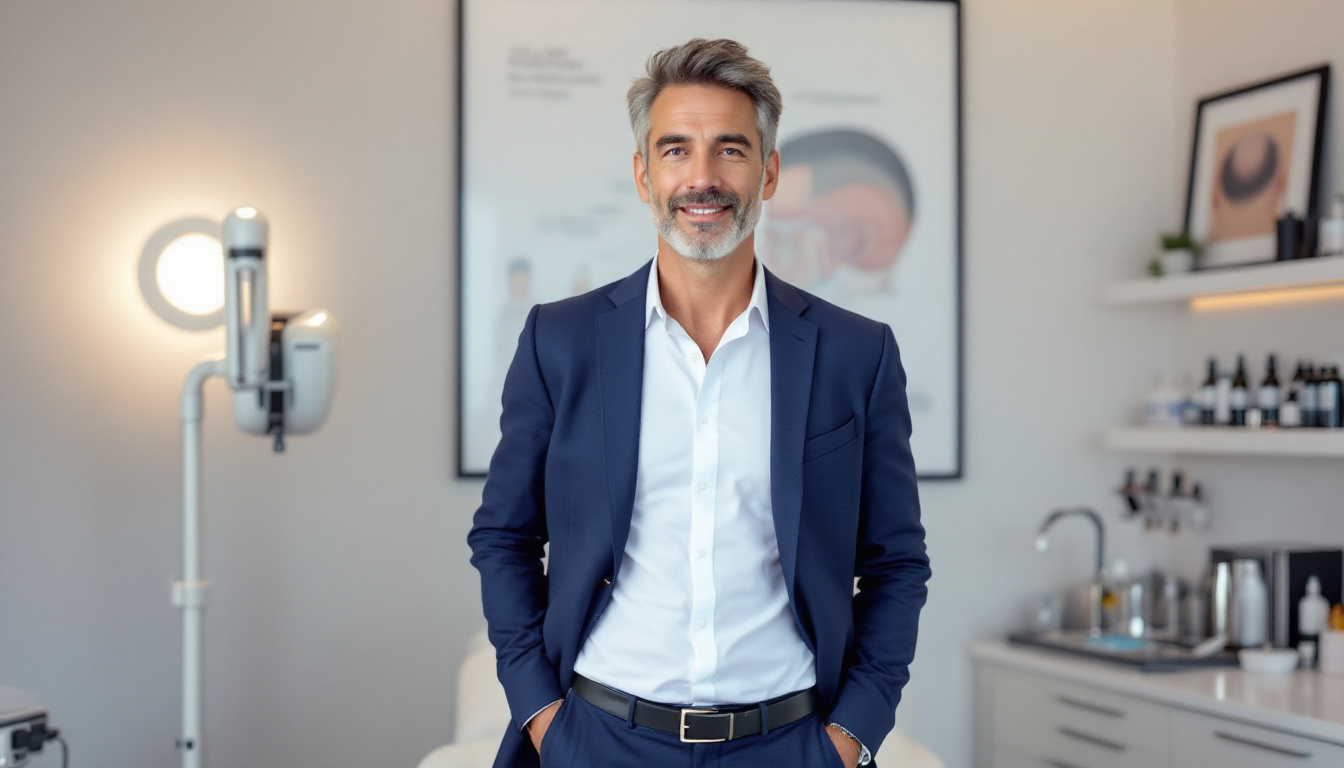
Clinical studies on non-surgical hair loss treatments reveal varying levels of efficacy, often influenced by individual factors such as genetics and the extent of hair loss. How effective are non-surgical hair loss treatments according to clinical studies? Studies indicate that treatments like Minoxidil and Finasteride have shown positive results in reversing hair loss and promoting regrowth, especially when started during the early stages of hair thinning. Low-Level Laser Therapy (LLLT) and Platelet-Rich Plasma (PRP) therapy have also been documented to improve hair density and thickness, making them viable options for many patients. However, the degree of effectiveness can differ significantly among individuals, necessitating personalised treatment plans for optimal results.
Safety profiles of non-surgical treatments are generally favourable, though each option carries potential side effects. What are the common side effects of these treatments? Minoxidil may cause scalp irritation and dryness, while Finasteride has been associated with sexual dysfunction and other hormonal changes in some users. LLLT and PRP are considered minimally invasive with low risk, yet PRP requires injections, which might lead to discomfort or minor bruising. Overall, understanding these safety considerations is crucial for patients seeking non-surgical solutions, as it allows for informed decision-making and better management of any potential adverse effects.
Expert opinions and testimonials often highlight both the potential outcomes and limitations of non-surgical hair loss solutions. What do experts and patients say about these treatments? Many experts advocate for a combination approach, integrating treatments like Minoxidil and Finasteride with lifestyle changes to enhance results. Patient testimonials frequently reflect satisfaction with treatment outcomes, although responses can vary, with some individuals experiencing slower progress or limited regrowth. Ultimately, expert guidance is invaluable in navigating the plethora of options available, ensuring that treatments are tailored to the individual’s needs and conditions for maximum effectiveness.
Personalised Treatment Plans and Professional Guidance
Customised treatment plans are vital in effectively addressing male pattern hair loss. Why are personalised plans important? They consider the unique hair loss patterns and health conditions of each individual, ensuring that treatments are tailored to specific needs. By focusing on individual factors such as age, genetic predisposition, and stage of hair loss, these plans can enhance the effectiveness of non-surgical treatments. This personalised approach helps maximise results by aligning treatment strategies with the patient’s unique circumstances, thereby increasing the likelihood of achieving desired outcomes in hair restoration.
Healthcare professionals, such as trichologists and dermatologists, play a crucial role in providing expert advice and monitoring progress. How do consultations with professionals benefit hair loss treatment? These experts offer valuable insights into the latest treatment options and can adjust plans as necessary based on the patient’s response. Regular consultations ensure that any changes in hair loss patterns are promptly addressed, allowing for timely modifications to the treatment plan. Consulting specialised clinics, like flawless.clinic, is recommended for those seeking expert care and personalised solutions, as they offer a comprehensive evaluation and customised treatment strategies tailored to individual needs.
Final Words
Male pattern hair loss presents a common challenge for many men, but numerous non-surgical treatment options are available. From medications like Minoxidil and Finasteride to therapies such as laser and PRP, each offers unique benefits. Topical solutions and lifestyle changes also play crucial roles in maintaining hair health, while natural remedies serve as supplementary options. Evaluating the effectiveness and safety of these treatments is essential. Personalised treatment plans, guided by professional consultations, can significantly enhance outcomes. Embracing a tailored approach to male pattern hair loss can lead to positive and lasting improvements.
Regain your hair confidence – Explore Flawless Clinic’s non-surgical hair loss solutions today!
FAQ
What is the best treatment for male pattern baldness?
The best treatment for male pattern baldness often includes medications such as Minoxidil and Finasteride, which have shown effectiveness in different stages of hair loss. Consulting a healthcare professional can help tailor treatment options.
What are non-surgical treatment options for male pattern hair loss available on the NHS and near me?
Non-surgical treatments for male pattern hair loss available through the NHS and in local clinics include medications like Minoxidil and Finasteride, along with laser therapy and Platelet-Rich Plasma (PRP) therapy.
How much do non-surgical hair restoration treatments cost?
The cost of non-surgical hair restoration treatments can vary widely. Factors affecting cost include the type of treatment (e.g., medication, laser therapy, or PRP), duration, and specific clinic prices.
What is the most effective non-surgical hair loss treatment?
Effective non-surgical hair loss treatments include Minoxidil, Finasteride, laser therapy, and PRP therapy. Each has benefits like ease of use or stimulation of hair growth, but efficacy can differ based on individual factors.
Is it possible to regrow hair from baldness in a male pattern?
Regrowing hair from male pattern baldness is possible with treatments like Minoxidil and Finasteride, which may slow hair loss and stimulate hair growth. Early intervention usually yields better results.
How can male pattern baldness be reversed naturally?
Male pattern baldness may be managed naturally with essential oils, dietary improvements, stress management, and the use of DHT-blocking shampoos. Combining these with conventional treatments can enhance results.
What are the best hair loss treatments for females?
Female hair loss treatments often involve Minoxidil and hormonal therapies, along with supportive treatments like laser therapy and PRP. A consultation with a specialist can help you choose suitable options.
What are the options for non-surgical hair growth treatments?
Non-surgical hair growth treatments include options like Minoxidil, Finasteride for genetically predisposed cases, laser therapy, PRP, and DHT-blocking topical solutions. Each has distinct mechanisms and benefits.
